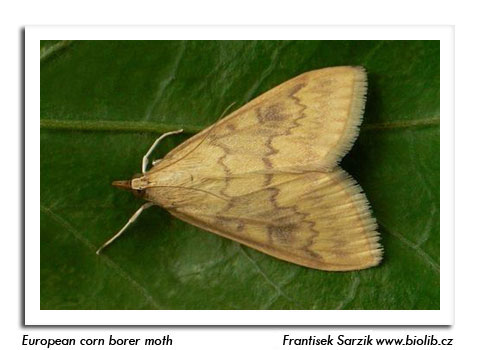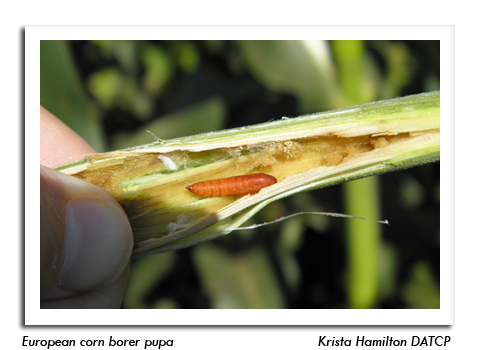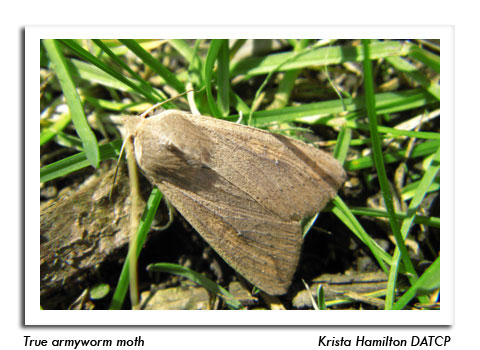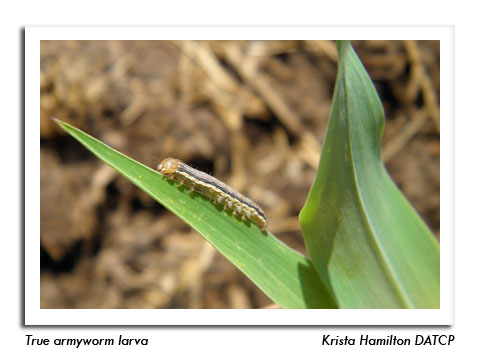
 |
|
|
Corn
Volume 60 Number 4 Date 05/14/2015 BLACK CUTWORM - Larvae resulting from the spring migration are now expected to reach the destructive late-instar cutting stages by May 27, several days later than last predicted. Signs of cutworm activity in corn, including small, irregular holes in the leaves and cut plants, could be encountered in the week ahead. Much of the state's corn acreage is at low risk of infestation this season as a result of early planting and a comparatively small April-May moth migration, but all corn should be closely monitored for cutworm feeding until the five-leaf (V-5) stage. Early detection of cutworm problems is critical for insecticide treatments to be effective and economical. The threshold for corn is when 3% of plants are damaged. Summarized in the map below are moth counts for the period of May 7-13. The spring trapping survey has thus far resulted in the capture of 196 black cutworms in 44 traps, with a cumulative high count of 36 moths near Green Lake. A total of 649 moths had been collected by this time last season. EUROPEAN CORN BORER - Most overwintered larvae are still in the pupal stage, but a few early spring adults could emerge next week in locations such as Madison and Eau Claire where the 374 degree days (modified base 50°F) required for corn borer flight to begin are likely to be surpassed over the weekend of May 16-17. Black light trappers are advised to carefully examine trap contents during the next two weeks for early moths. TRUE ARMYWORM - Migrants were numerous in the black light trap at Janesville, indicating egg deposition on grasses and small grains will likely intensify as soon as nightly temperatures are favorable for moth activity. Large flights of armyworm adults occasionally precede larval outbreaks by 3-4 weeks, so this week's count should be viewed as an early warning of potential problems. -- Krista Hamilton, DATCP Entomologist 





|
|
|